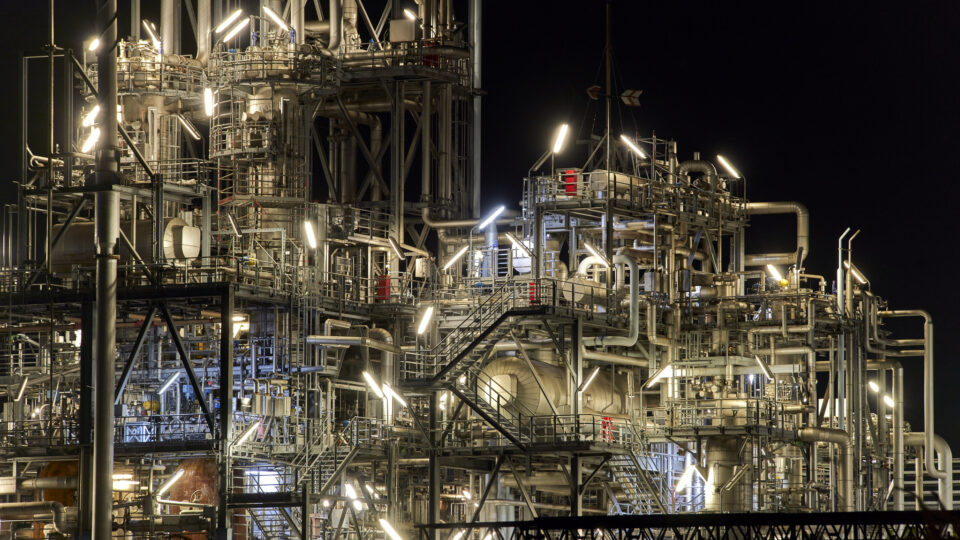The industrial sector accounts for nearly a third of greenhouse gas emissions in the US, which is more than the annual emissions from cars, trucks, and airplanes combined. These emissions primarily come from burning fossil fuels to produce goods from raw materials as well as from the chemical reactions associated with production. Many industrial processes require very high temperatures that are not easily achieved other than by burning fossil fuels.
Researchers at Stanford University have developed and demonstrated a new kind of thermochemical reactor that can generate the huge amounts of heat required for many industrial processes that runs on electricity rather than the burning of fossil fuels. The researchers claim that the design is also smaller, cheaper, and more efficient than the fossil fuel technology it would replace.
Standard industrial thermochemical reactors burn fossil fuel to heat a fluid that is piped into the reactor, much like the way home radiators work, albeit at far higher temperatures. The new reactor uses magnetic induction, similar to the way that induction cooktops work. Heat is transferred by inducing a current into materials that heat up as the current flows.
A proof-of-concept demonstration powered a chemical reaction called the reverse water gas shift reaction and resulted in more than 85% efficiency. The reaction in question converts carbon dioxide into a valuable gas that can be used to create sustainable fuels.
The Stanford researchers are working to scale up their new reactor technology and expand its potential applications. They are working on designs for reactors for capturing carbon dioxide and for manufacturing cement.
**********
Web Links
Electric reactor could cut industrial emissions
Photo, posted October 30, 2022, courtesy of Helmut via Flickr.
Earth Wise is a production of WAMC Northeast Public Radio







